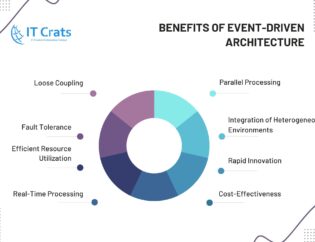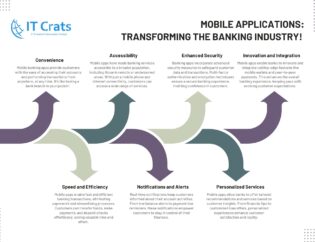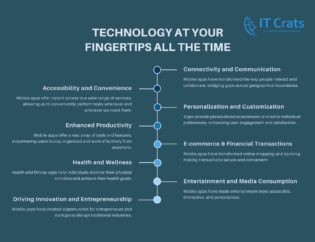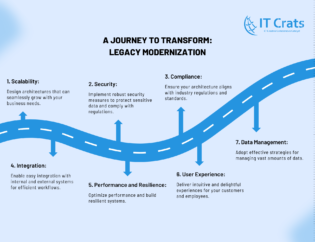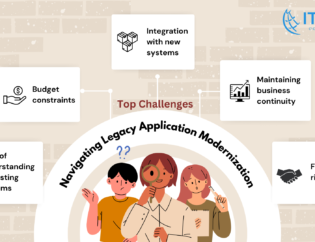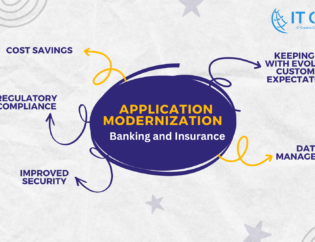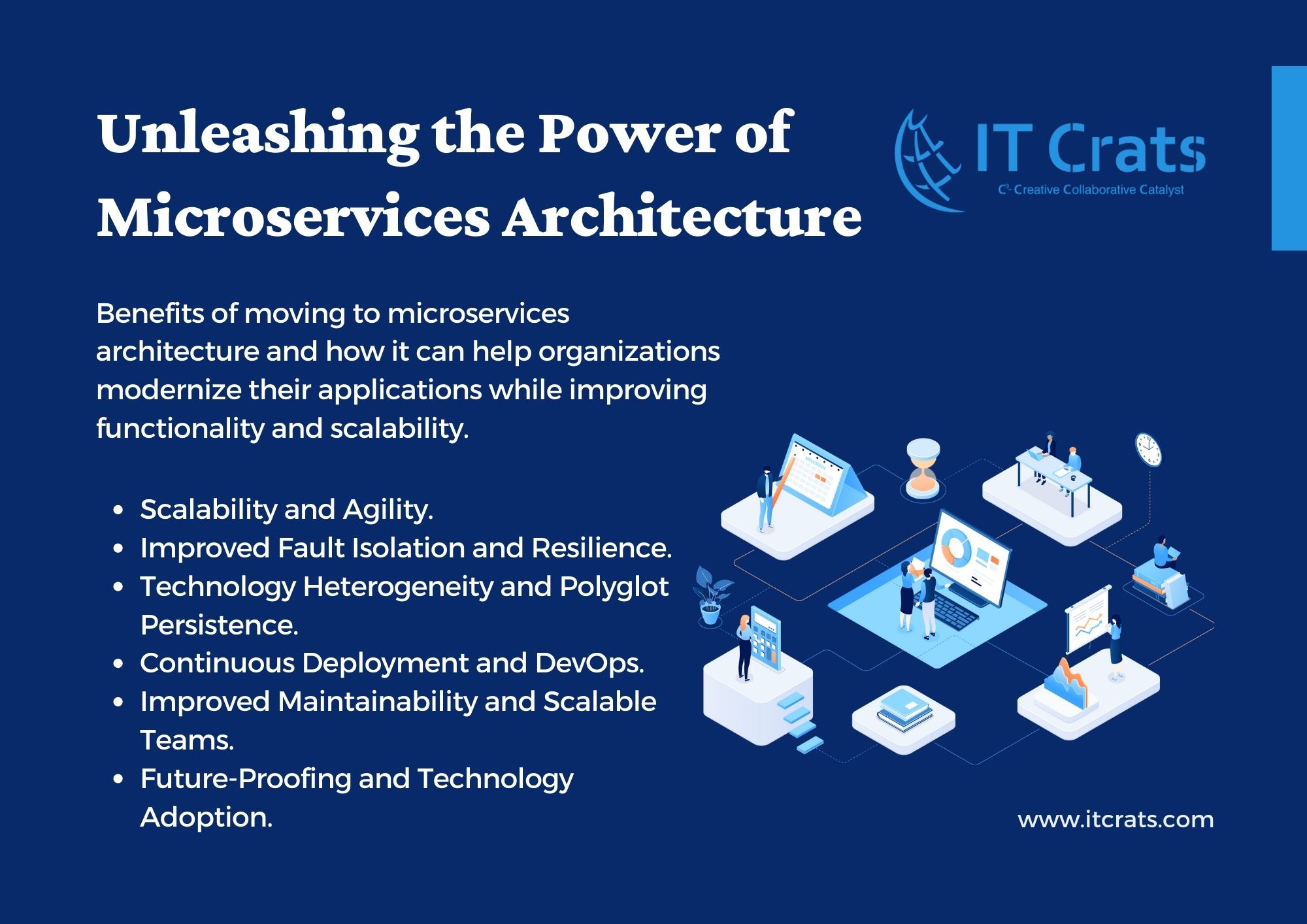
In today’s fast-paced digital era, organizations in the Insurance, Banking, and Payments sectors are constantly seeking innovative ways to stay ahead of the competition. Modernizing applications is crucial to meet evolving customer expectations and industry demands. One highly effective approach gaining momentum is the adoption of microservices architecture.
In this blog, we will explore the benefits of moving to microservices architecture and how it can help organizations modernize their applications while improving functionality and scalability.
🔹 Scalability and Agility: By breaking down applications into smaller, loosely coupled services, organizations can independently scale and update specific components without affecting the entire system. This flexibility allows for quicker development cycles, enabling organizations to respond faster to changing business requirements and customer needs.
Example: The Netflix Story Netflix’s migration from a monolithic architecture to microservices empowered them to scale effortlessly, handle millions of users concurrently, and respond rapidly to user demands. With independent services for user management, content recommendation, and streaming, Netflix can seamlessly add features and updates, delivering an unparalleled streaming experience.
🔹 Improved Fault Isolation and Resilience: In traditional monolithic architectures, a single fault can bring down the entire application. However, in a microservices architecture, each service operates independently. If a particular service fails, it doesn’t impact the overall system, as other services continue to function. This fault isolation and resilience ensure that failures are contained, improving overall application stability and reducing downtime.
Example: Amazon’s E-commerce Success Imagine if a component responsible for product recommendations fails in a monolithic system — the entire platform could grind to a halt. However, with microservices, Amazon’s architecture ensures that each service works independently. Even if one service fails, other services, such as search, payment, and customer reviews, continue to function seamlessly. This fault isolation guarantees uninterrupted service availability and enhances overall system resilience.
🔹 Technology Heterogeneity and Polyglot Persistence: Microservices enable organizations to adopt technology heterogeneity, allowing different services to be built using different programming languages, frameworks, and databases. This flexibility allows for the selection of the best tools for each specific service’s requirements. Additionally, microservices architecture supports polyglot persistence, enabling organizations to choose the most suitable database technology for each service, optimizing performance and scalability.
Example: Uber’s Microservices Ecosystem Uber’s microservices ecosystem empowers different functionalities like real-time location tracking, fare calculation, and ride dispatching. With the flexibility to use the most suitable technology stack and database for each microservice, such as geospatial databases for location tracking and distributed ledger technology for payments, Uber ensures optimal performance and functionality across its platform.
🔹 Continuous Deployment and DevOps: Microservices architecture aligns well with continuous deployment and DevOps practices. Each service can have its own development, testing, and deployment pipeline. This decoupling simplifies the release process, as updates to a single service can be rolled out independently without disrupting the entire application. It also enables teams to adopt DevOps principles, fostering collaboration, automation, and faster time-to-market.
Example: GitHub’s Agile Approach GitHub, the leading software development platform, utilizes continuous deployment and DevOps in their microservices architecture. Development teams can independently deploy updates and new features to specific services, enabling faster iteration cycles. This approach promotes collaboration, automation, and seamless integration, allowing GitHub to consistently deliver an efficient and reliable development platform.
🔹 Improved Maintainability and Scalable Teams: With microservices, teams can work on individual services independently, allowing for easier maintenance and faster feature development. Each service can have a dedicated team responsible for its development and maintenance, fostering a sense of ownership and specialization. This modular approach facilitates scaling teams as the application grows, avoiding bottlenecks and ensuring efficient resource allocation.
Example: Square’s Payment Solutions Square’s microservices architecture enables maintainability and scalable teams, ensuring streamlined development, testing, and upgrades. With dedicated teams for each microservice, Square can easily scale as their business grows, maintaining reliability and enhancing functionality to meet evolving customer needs in real-time.
🔹 Future-Proofing and Technology Adoption: Microservices architecture is inherently designed to be adaptable and future-proof. As new technologies emerge, organizations can easily adopt them by implementing new services using the latest tools and frameworks. This agility enables businesses to stay ahead of the curve and quickly leverage innovations, ultimately leading to competitive advantages in the market.
Example: Walmart’s Shift to Hybrid Cloud Infrastructure Walmart’s transition to a hybrid cloud infrastructure exemplifies their commitment to future-proofing and technology adoption. By combining public and private cloud services, they achieved scalability, flexibility, and data control. This shift empowered Walmart to leverage advanced technologies like containers and serverless computing, enabling faster development and improved customer experiences. With this strategic approach, Walmart ensures they remain agile, innovative, and well-positioned for sustained growth in the dynamic retail landscape.
Conclusion: Adopting microservices architecture in Insurance, Banking, and Payments sectors brings scalability, fault isolation, and flexibility. This strategic move enhances application architecture, functionality, and user experience, enabling organizations to stay competitive and agile in a rapidly evolving technological landscape.


